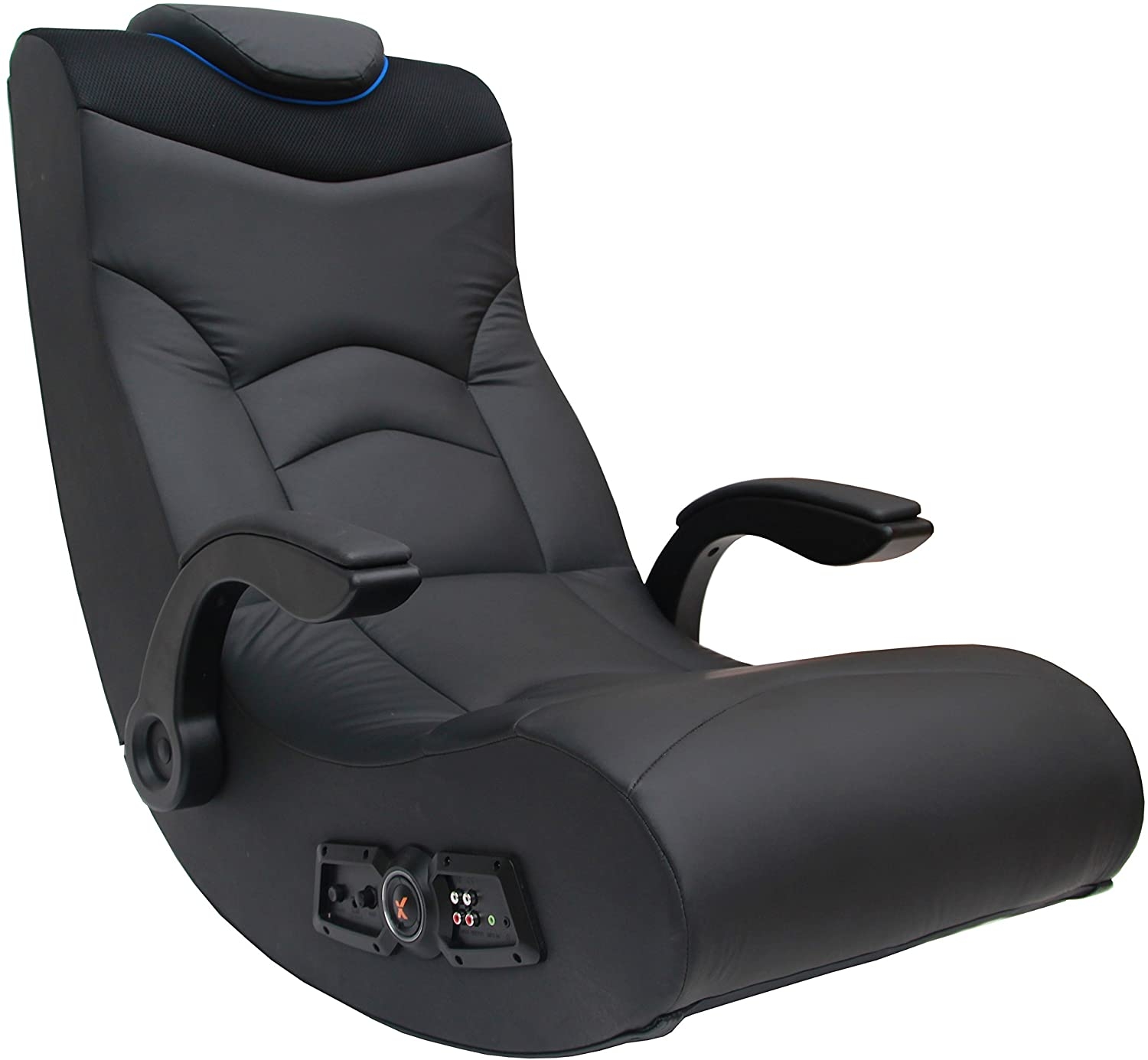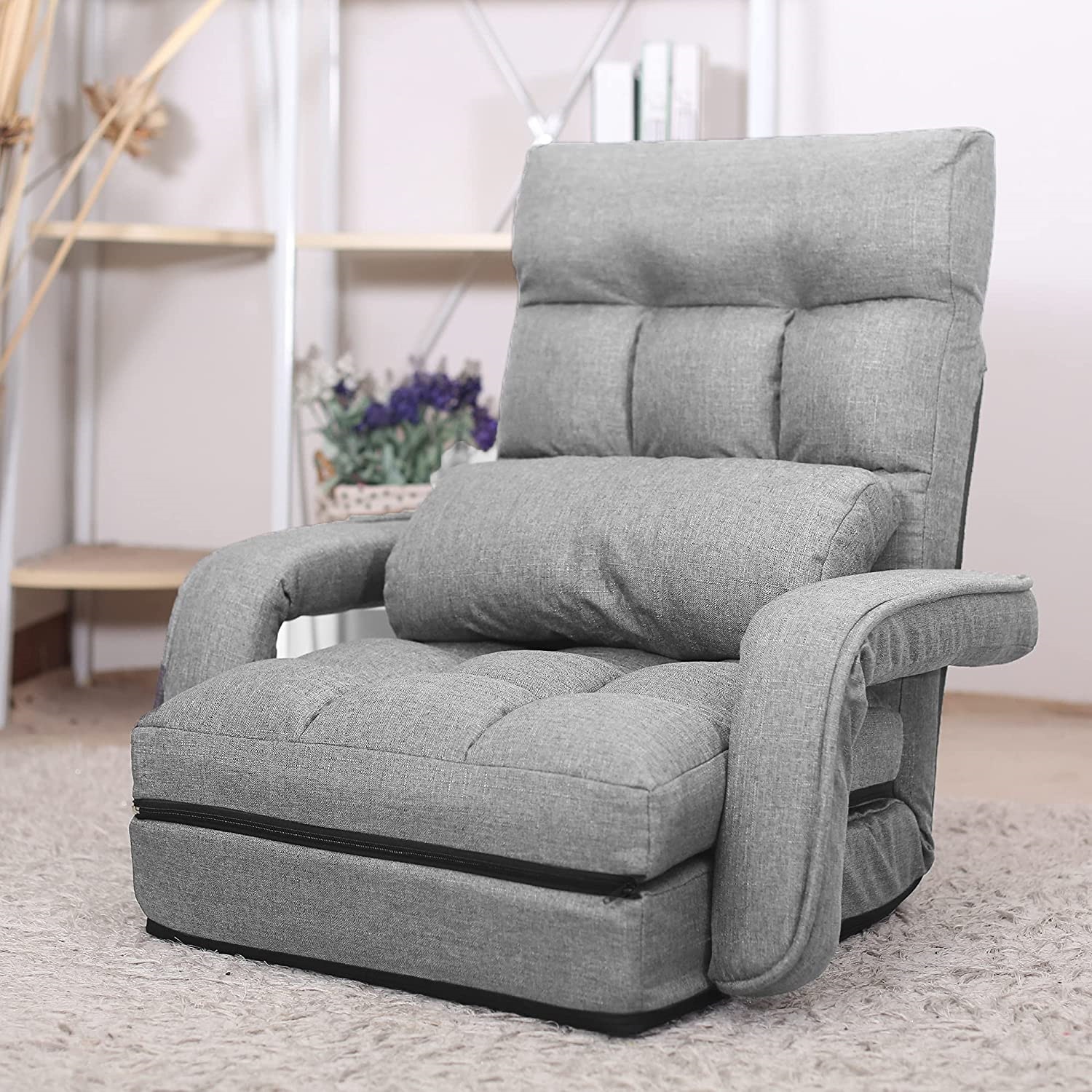Chair Features for Optimal TV Viewing: Best Ergonomic Chair For Watching Tv

Choosing the right chair for extended TV viewing is crucial for comfort and maintaining good posture. The ideal chair will support your body in a way that minimizes strain and prevents discomfort, allowing you to enjoy your favorite shows without aches or pains. This requires careful consideration of several key features.
Ideal Backrest Angle and Lumbar Support
Proper lumbar support is paramount for comfortable, prolonged sitting. The backrest should ideally recline to an angle between 100 and 110 degrees, promoting a natural spinal curvature and reducing pressure on the lower back. This angle helps maintain the natural “S” curve of the spine, preventing slouching and associated back pain. A chair with adjustable lumbar support allows you to customize the level of support to perfectly fit your individual back shape and size. Insufficient lumbar support can lead to discomfort and potentially long-term back problems.
Adjustable Height and Armrests
Adjustable height is essential for aligning your hips, knees, and ankles at a 90-degree angle, a posture that promotes good blood circulation and minimizes strain on your joints. This reduces pressure points and fatigue. Armrests should be padded and adjustable in height and width to support your forearms comfortably, reducing shoulder and neck tension. The ability to adjust both height and armrests allows the chair to adapt to individuals of different heights and body types. For example, a taller individual will need a higher chair and possibly wider armrests compared to a shorter person.
Breathable Fabric and Cushioning
Breathable fabrics, such as mesh or breathable synthetic fabrics, are critical for preventing overheating and discomfort during extended viewing sessions. Excessive heat and moisture buildup can lead to discomfort and skin irritation. The cushioning should be supportive but not overly soft, providing adequate comfort without causing you to sink too deeply into the chair and compromising your posture. Proper cushioning distributes weight evenly across the seating surface, relieving pressure points. Consider chairs with memory foam cushioning for enhanced comfort and pressure relief.
Comparison of Chair Materials
The choice of chair material significantly impacts comfort, durability, and maintenance.
| Material | Breathability | Durability | Ease of Cleaning |
|---|---|---|---|
| Mesh | Excellent | Good to Excellent (depending on quality) | Easy |
| Leather | Poor | Excellent | Moderate |
| Fabric | Good to Excellent (depending on fabric type) | Good to Excellent (depending on quality) | Moderate to Easy |
| Synthetic Leather (PU Leather) | Moderate | Good | Easy |
Ergonomic Considerations Beyond the Chair Itself

Choosing the right ergonomic chair is only the first step towards comfortable and healthy TV viewing. The overall setup, including posture, screen placement, and additional support, significantly impacts your well-being during those relaxing hours. Neglecting these aspects can lead to discomfort, strain, and even long-term health problems. This section delves into the crucial ergonomic elements that extend beyond the chair itself.
Proper seating posture is paramount for maintaining neck and back health while watching television. Slouching, hunching, or twisting your body to view the screen can put undue stress on your spine, leading to pain, stiffness, and potential long-term damage. Maintaining a neutral spine, with your back supported and shoulders relaxed, is crucial. Think of it as if you are sitting tall, but relaxed, as if a string is gently pulling you upwards from the crown of your head. This posture helps distribute your weight evenly and minimizes strain on your muscles and joints. Consistent poor posture can lead to conditions like rounded shoulders, forward head posture, and even back pain, all of which can significantly impact your quality of life.
Ideal TV Screen Placement and Viewing Distance
Minimizing eye strain requires careful consideration of TV screen placement and viewing distance. The ideal viewing distance depends on the screen size, but a general guideline is to sit at a distance of approximately 1.5 to 2 times the screen’s diagonal measurement. For example, for a 55-inch TV, the ideal viewing distance would be between 82.5 and 110 inches (approximately 2.1 to 2.8 meters). Placing the screen at eye level or slightly below prevents you from craning your neck, reducing strain on your neck and back muscles. Avoid bright, harsh lighting directly behind the screen as this can cause glare and eye fatigue. Dimming the lights in the room, or using softer lighting, can greatly improve viewing comfort.
Benefits of Using a Footrest or Ottoman
Using a footrest or ottoman can significantly improve your posture and circulation while watching TV. Elevating your feet slightly takes pressure off your lower back and promotes better blood flow. This is particularly beneficial for individuals who spend extended periods sitting. Proper blood circulation helps to prevent fatigue and discomfort. A footrest allows you to maintain a more natural posture by supporting your legs and ankles, reducing the strain on your back and promoting better spinal alignment. It’s like giving your body a gentle, supportive hug, encouraging a more comfortable and healthy sitting position.
Ideal Setup for Comfortable TV Viewing, Best ergonomic chair for watching tv
The following infographic illustrates the ideal setup for comfortable TV viewing:
Imagine a simple, clean infographic with three main sections.
Section 1: Chair Placement: A stylized image shows an ergonomic chair positioned directly facing the television, with the user sitting upright with a neutral spine. A caption reads: “Maintain proper posture with back support.”
Section 2: Screen Distance and Height: A diagram shows the television screen, with a clear line indicating the recommended viewing distance. A smaller image shows the television screen at eye level or slightly below. Captions read: “Maintain recommended viewing distance (1.5-2x screen diagonal)” and “Position screen at eye level or slightly below.”
Section 3: Lighting Considerations: A depiction of a room shows soft, ambient lighting with the television screen clearly visible but not overly bright. The light sources are depicted as diffused and not directly behind the screen. A caption reads: “Minimize glare and harsh lighting.” The overall style is clean, modern, and easily understandable. The colors are muted and calming.
